While rising floodwaters pose an immediate danger to human life, disease-causing microbes lurking in those same waters can cause infection and illness well after the waters have peaked and clean-up begins.
Professor Mark Blaskovich, Director of Research Translation at IMB, said people should be mindful of the dangers of infection from floodwaters, which can cause long-lasting effects.
“Many people won’t be able to avoid contact with floodwater, but people shouldn't swim in flooded areas for fun,” Professor Blaskovich said.
“If you accidentally swallow some floodwater, or have even a small cut on your skin, disease-causing bacteria, fungi and viruses can enter your body and make you sick.
“Most of these diseases can be treated with antibiotics, and some are preventable by vaccines, but if treatment is left too long then there is a risk of an infection becoming much more serious, including the development of sepsis.
“As antibiotic resistance continues to rise, we run the risk that infections from floods, the most common natural disaster worldwide, will become increasingly difficult or impossible to treat.”
Some of the diseases caused by microbes in flood-affected water, mud and soil include:
Diarrhoea and gastrointestinal illnesses
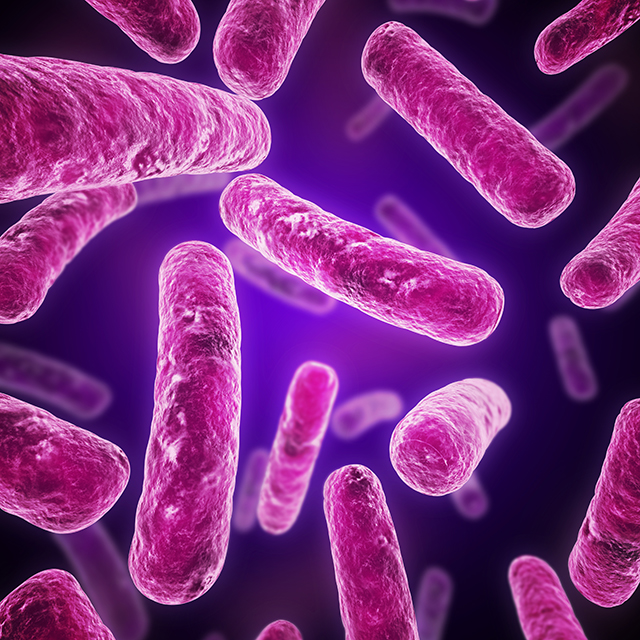
Diarrhoea is a symptom of a range of infections, including bacterial, fungal and viral. Infection with Escherichia coli bacteria is one of the most common causes of diarrhoea. While E. coli infection is often associated with contaminated food, floodwater contaminated by sewage contain elevated levels of E. coli. Gastrointestinal illnesses, commonly called ‘gastro’, are most frequently caused by viruses, but can be caught through microbes in floodwater. Symptoms of gastro include vomiting, diarrhoea, stomach pains and fever. Dehydration is a risk, particularly in young children and the elderly.
Skin infections
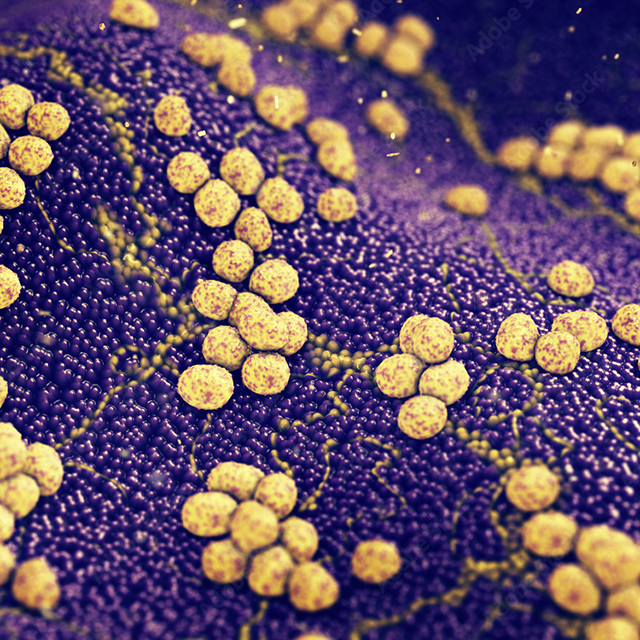
As with diarrhoea, skin infections can be caused by a number of different microbes. The two most common sources of bacterial infection following a flood are the bacterium Staphylococcus aureus, better known as ‘golden staph’, and Streptococcus pyogenes, the bacteria that also causes ‘strep throat’. These bacteria can cause diseases including cellulitis, which presents as a red patch on the skin that can be painful, hot and swollen; and impetigo, which causes yellow crusty sores. Both bacteria and fungi can cause a serious infection called necrotising fasciitis, or ‘flesh-eating disease’, which spreads rapidly and causes severe pain.
Respiratory infections

These infections were the most common infectious disease requiring medical treatment after floods, according to a study that examined records from the United States and United Kingdom. Symptoms of a respiratory infection include cough, sore throat, fatigue, aches and chest or nasal congestion, and are caused by both viruses and bacteria, including Streptococcus pyogenes (hence the name ‘strep throat’ for a sore throat).
Leptospirosis

While this disease is usually rare in the general population, there is often an upswing in cases after floods, such as in 2011 in South-East Queensland, and in 2021 in Cairns and the Northern Territory. Symptoms of leptospirosis include muscle pain, fever and headaches, and it is caused by bacteria of the genus Leptospira.
Tetanus
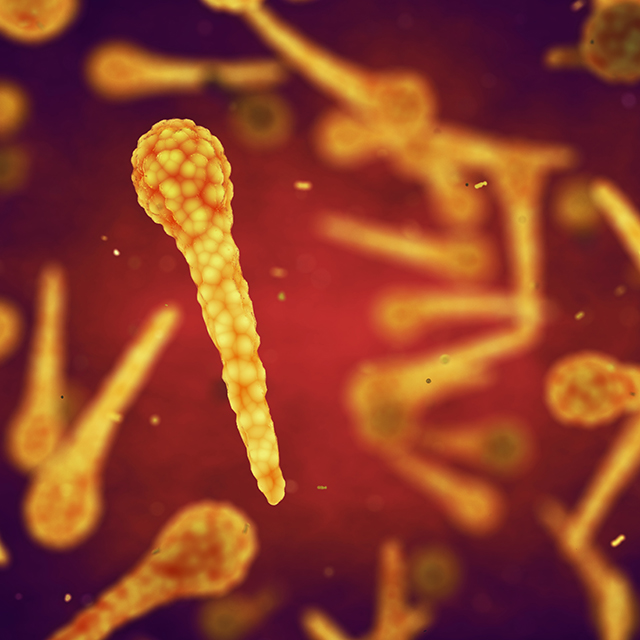
Tetanus is caused by the bacterium Clostridium tetani, which lives in soil and manure. Infections occur through contamination of cuts and scrapes caused by things in contact with soil, including floodwaters. Fortunately, most people are vaccinated against tetanus, which means even if you become infected, your body is able to fight back against the bacteria to prevent the infection from becoming serious. Symptoms include weakness, stiffness and cramps, with the toxins released leading to muscular paralysis and difficulty chewing and swallowing – hence the common term for tetanus of ‘lockjaw’.
Melioidosis
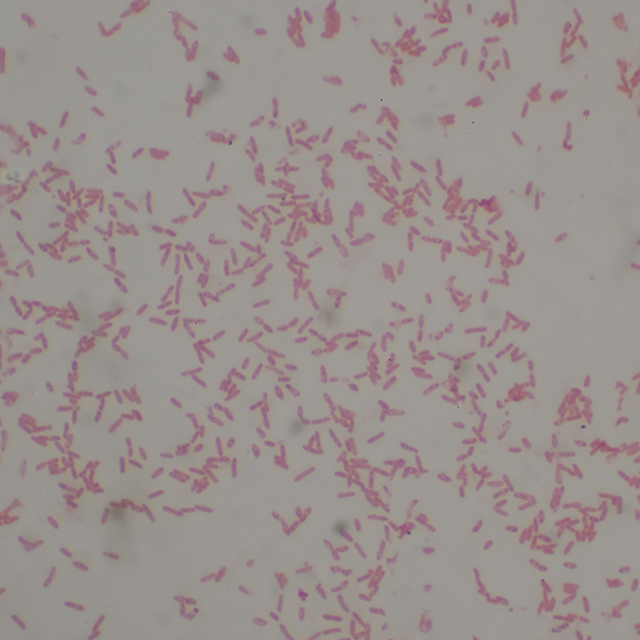
This infection, marked by symptoms including cough, breathing difficulties, fever and weight loss, causes more deaths worldwide than dengue fever, and a similar amount to measles. While not particularly prevalent nationwide in Australia, already in 2025 outbreaks in northern Queensland have claimed 25 lives. Melioidosis is caused by the bacterium Burkholderia pseudomallei, which normally lives in the soil but end up on the surface and in standing water after rain.
Mosquito-borne viruses
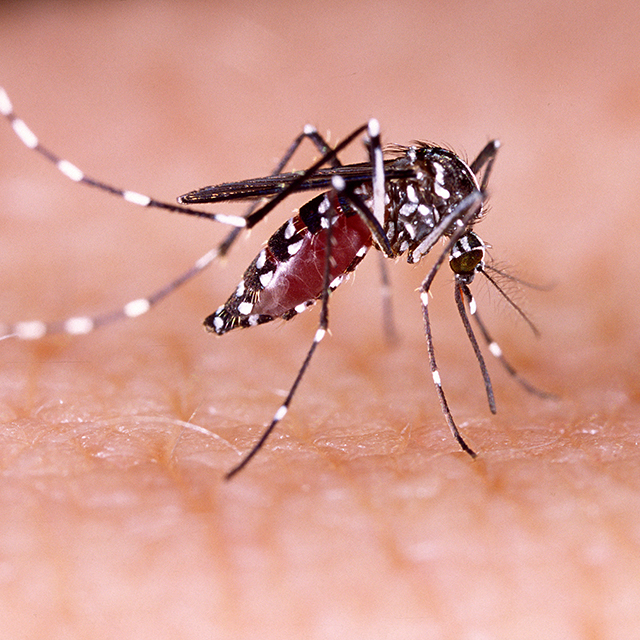
An increase in standing water following floods creates an ideal environment for mosquitoes to breed. Viruses spread by mosquitoes, mostly in the northern parts of Australia, include Ross River fever and dengue fever, which cause muscle aches, fever, fatigue and headaches.
To protect yourself against disease:
- try to avoid direct contact with water, soil and mud by wearing long-sleeved shirts, long pants, covered shoes, gloves and safety glasses or sunglasses.
- Practice good hygiene by thoroughly washing your hands with uncontaminated water and soap. Hand sanitiser is a good second choice if clean water and soap aren’t available.
- If you do get contaminated materials on a wound, immediately clean it using soap and clean water.
Get the latest research straight to your inbox
Stay up-to-date as we answer questions about hot topics, and share the latest news and events at IMB, Australia’s #1 research institute.
